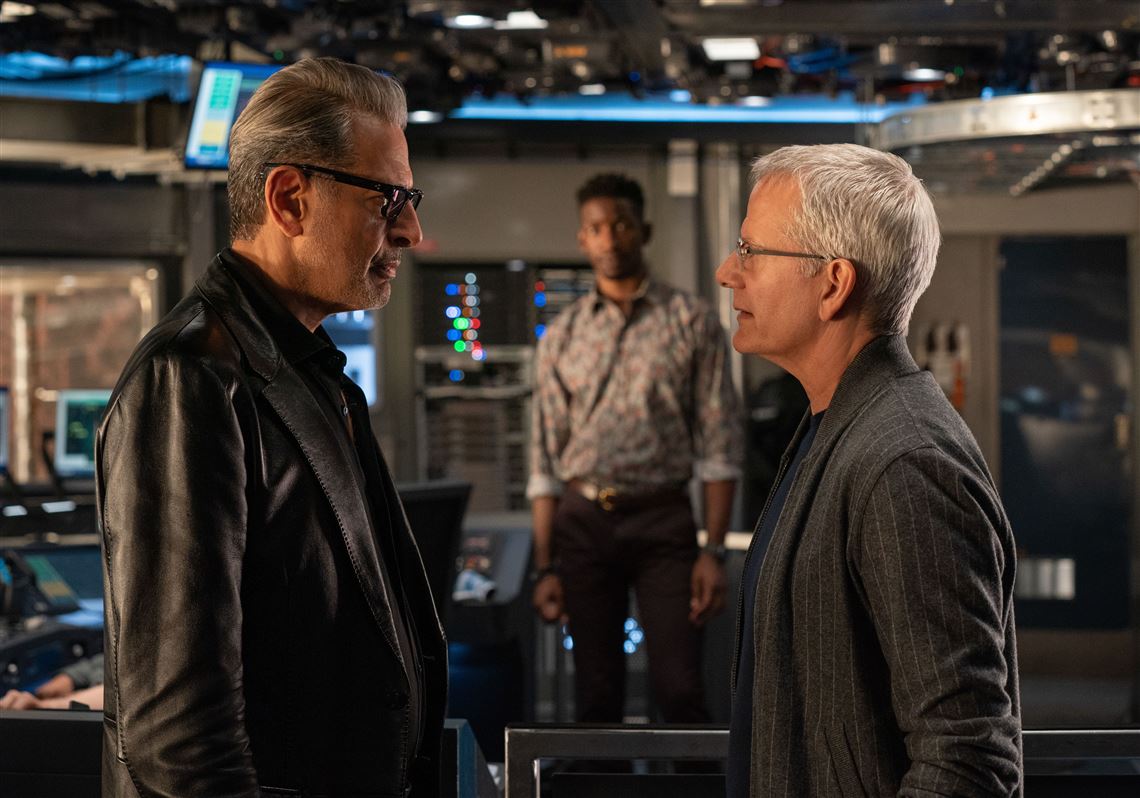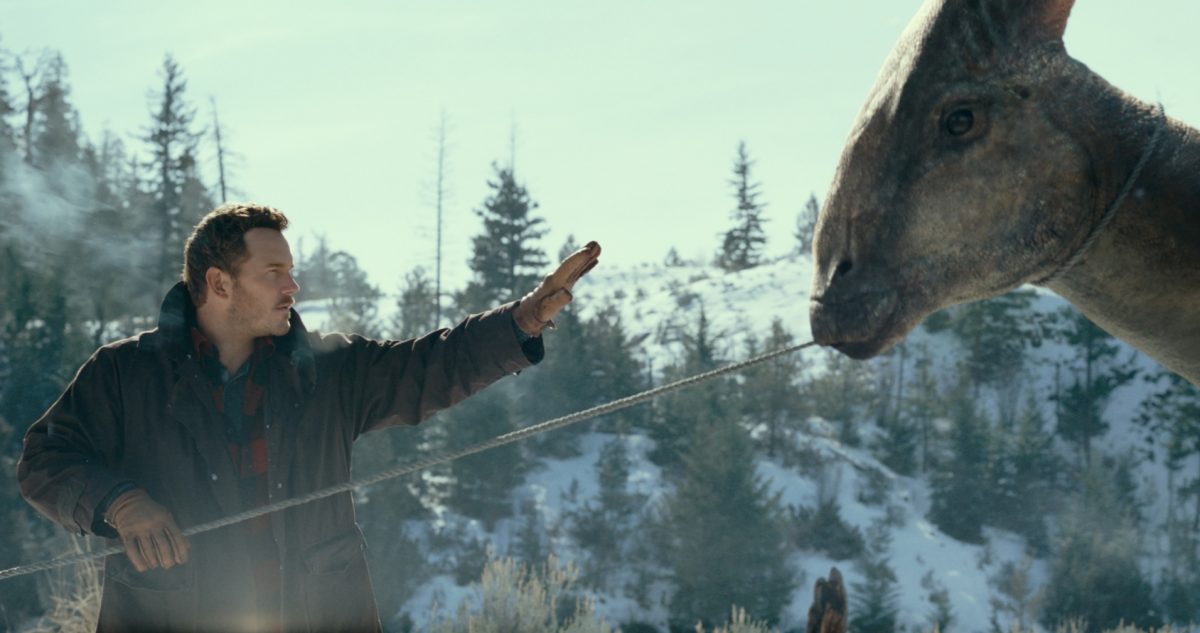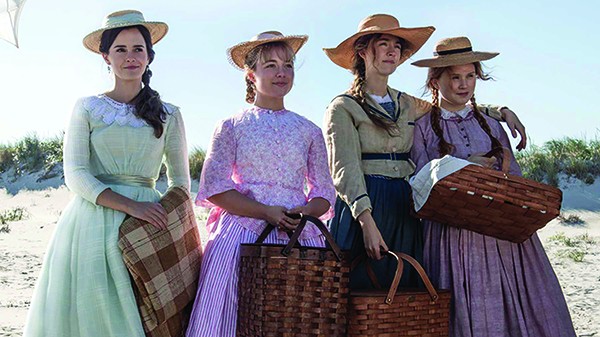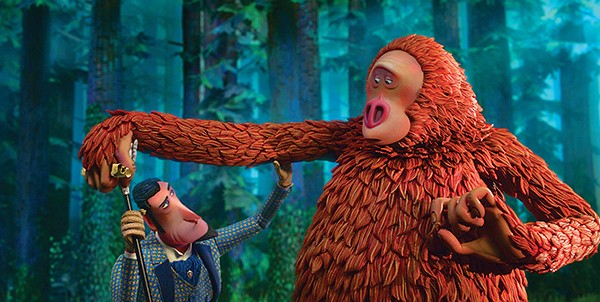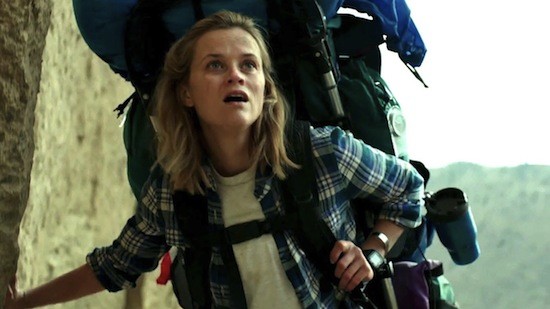25 years after an unresolved cliffhanger left FBI Agent Dale Cooper trapped in the well-appointed corner of the spirit world known as the Black Lodge, fans of Twin Peaks were ecstatic at the potential for resolution in Twin Peaks: The Return. The 18 hour series on Showtime, written by Twin Peaks creators David Lynch and Mark Frost, and entirely directed by Lynch, who is undeniably one of America’s greatest living filmmakers, delivered all that and more. The story sprawled far beyond the confines of the Washington logging town that gives the series its name to become an examination of the troubled soul of America. Lynch used the opportunity to chase tangents, empty out his dream journals, and create some of his most startling and beautiful images.
Twin Peaks: The Return did turn out to be unlike any other television series in history. But last Sunday’s series finale—which may very well be the final Lynch we see—has turned out to be incredibly divisive, alienating a significant chunk of the online fanbase who were primed to see evil vanquished and good triumphant. Instead, they got an ending that, at first glance, is ambiguous at best. If you haven’t watched Parts 17 and 18, I advise you to stop reading this right now, go watch the episodes, and then get back to me while you’re still scratching your head over, as Jim Belushi’s Bradley Mitchum says, “What the hell just happened?”
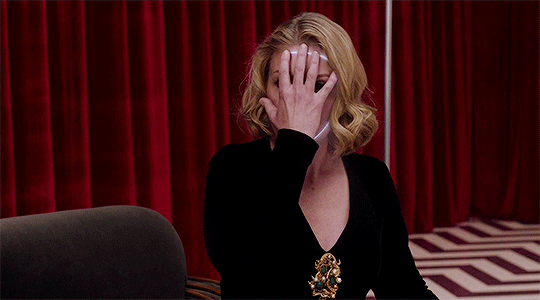
This. This just happened.
Ready? Here we go.
Twin Peaks is sometimes talked about like its a sui generis creation, but it’s not. Lynch and Frost’s original intention was to simultaneously spoof and pay homage to soap operas. The thing about soap operas is, they don’t end. The three longest running scripted shows in television history are Guiding Light, As The World Turns, and General Hospital, all classic daytime soap operas which ran for decades. These shows, and the prime time soaps they eventually birthed such as Dallas, Dynasty, and Santa Barbara—and their descendants Empire and This Is Us—perfected the art of seeming like they have plots that are going somewhere, but never actually going anywhere. They never resolved a story line unless an actor died or the character involved was no longer popular, probably because it became obvious their story was going nowhere. Peaks was meant to be the same way. Lynch never intended to tell us who killed Laura Palmer. The mystery was intended to be the background to all of the other weird goings on in the town, a canvas of fake suspense on which Lynch would paint surreal images. By definition, Peaks can never have a satisfying ending.
And yet, in episode 17, Lynch and Frost do give us the satisfying ending we’ve been craving. Agent Dale Cooper returns to Twin Peaks with his full consciousness restored. His evil doppleganger, Mr. C., is killed by Lucy, and BOB, the demon from the Black Lodge that feeds on the suffering of humanity is dispatched into the void by what we thought was a throwaway character with a green garden glove. It’s all very soapy, right down to the sometimes intentionally wooden acting styles. But just we reach resolution, with all of characters lined up like a group photo and Cooper giving them all their goodbyes (“I’ll see you at the curtain call!”), something very curious happens. Lynch, who has made incredible use of transparencies and double exposures throughout the show, superimposes the image of an unmoving close up of Cooper’s face over the scenes of the wrap up. It’s as if Cooper were standing outside the world, watching the scenes transpire.
Twin Peaks has always been meta fiction, meaning a story that is, on some level, self aware that it’s a story. In the original two seasons, the characters watched a soap opera called Invitation To Love that mirrored the events on the show. But Peaks had another meta element: The spirit world, consisting of The Black Lodge, The White Lodge, the red-curtained Waiting Room, and in The Return, a washed out realm of lonely towers and industrial looking infrastructure that may or may not have some metaphysical relationship to the boiler room of the Great Northern Hotel.

A glimpse into the spirit world of Twin Peaks. Pictured, a giant teapot that used to be David Bowie.
Agent Cooper and his partners in the Blue Rose task force—which not coincidentally include Director Gordon Cole, played by the actual director David Lynch—sought to solve the supernatural mysteries of Twin Peaks by mystical means. They wanted to break through the barrier between their world and the spirit world of the Lodges. Their inquiry goes beyond a series of murders, insurance fraud, and Canadian human traffickers to question the nature of reality itself.
During The Return’s end game, multiple characters, including Cooper and Audrey Horne, ask variations on the question “Is it all a dream? Who is the dreamer?” For the people of Twin Peaks, the answer is yes, it is all a dream. They’re characters on a TV soap opera called Twin Peaks, which was dreamed up by David Lynch and Mark Frost. The Lodges and the mysterious towers and industrial infrastructure of spirit world are a deeper layer of reality where time is meaningless and cause follows effect. The spirit world is the writers’ subconsciousness, the unseen infrastructure of consciousness, and therefore creation, from whence creativity flows. It is the land of archetype, race memory, and metaphor. Why was Agent Cooper immobile in the Black Lodge for twenty five years? Because he wasn’t on television. His show did not exist, so he was not needed, like a puppet on a shelf.

Agent Cooper and Laura Palmer (Sheryl Lee) in the Black Lodge.
In the course of The Return, Cooper moved back and forth across the boundary between the worlds. He was split in three parts, changed identities, and lived whole lives. By the time he defeated his evil doppleganger and was made whole, he had gained mastery over the Black Lodge magic. He was able to move freely back and forth between the worlds and even create a doppleganger of his own, a benign spirit which he sent to live out his life as husband and father to Dougie Jones’ long suffering wife and child. He was a character who had gained the power of a writer. During the “finale” in the Twin Peaks sheriff’s office, Cooper finds himself both participating in the soap opera and yet outside it at the same time. His face superimposed over the regular show in progress is like a reflection of our own faces on the screen as we watch the show unfold.
All stories begin in a world in balance, until something happens, called the inciting incident, that unbalances the world. The ultimate goal of all protagonists is to return the fictional world to some kind of balance, be it the old balance or a new balance. Stories always involve change. In Twin Peaks, the inciting incident is the night Laura Palmer didn’t come home after being gang raped and murdered by the demon Bob who was possessing her father Leland Palmer. Cooper’s primary motivation has always been to restore balance to the world, and as a character in the soap opera Twin Peaks, the ultimate expression of restoring balance to the world is to undo the inciting incident. Cooper is not just bringing justice to Laura’s killers and banishing the evil Bob into the Black Lodge for good. He’s using Lodge magic to go back in time to stop her from being killed in the first place. He’s rewriting the show. From the perspective of a character on a soap opera, Cooper has achieved the power of the gods.
For a time in Part 18, we are literally back in the old Twin Peaks. Cooper inserts himself into scenes from Fire Walk With Me, intercepts Laura while she wanders deep in the woods, and tries to lead her to her mother’s home. But he is only partially successful. Laura’s hand slips from his grasp, and her screams echo in the dark primeval forest.
Then the show goes back to the opening scenes from the pilot, but there’s a difference. We see Laura Palmer’s body disappear from the beach where it was found. Pete Martell goes fishing, but never finds the corpse wrapped in plastic.
But Cooper’s job is not yet done. He must find Laura Palmer and return to her mother’s house. He sets out with Diane, who similarly has just returned from captivity in the Lodge, to once again break through the veil of reality, find where Laura Palmer’s character manifested itself after Cooper lost her in the woods, and return her to her mother’s house. After a long night drive full of dread, the pair finally consummate their relationship in a long love scene that starts out tender and then, as so many Lynch scenes do, veers off into the dark and disturbing.

Kyle MacLachlan as Agent Dale Cooper and Laura Dern as Diane prepare to go all the way in search of Laura Palmer.
When he awakens the next morning, Diane is gone. There’s a note by the bed addressed to Richard. Cooper has once again changed identities. After a bravado scene in a truck stop where Cooper takes on three violent truckers, he manages to find Laura Palmer in Odessa, Texas. Only it’s not Laura Palmer—it’s the same actress as Laura Palmer (Sheryl Lee), but she says her name is Carrie. When the two drive cross country to Twin Peaks, and knock on the door of Sarah Palmer’s house, they are greeted by a stranger. She’s never heard of Laura Palmer, or Sara Palmer. Significantly, the woman in the house is played by the actual owner of the house in the real world of 2017. Bewildered, Cooper asks, “What year is this?” Then, Sara Palmer’s voice floats in out of the either, calling Laura’s name. and Sheryl Lee as Carrie screams her otherworldly scream as the layers of reality all come crashing in on each other.
Cooper became aware he was living in a dream, and sought to take control of his story by psychically traveling into what he thought would be “the real world”. But in the end, he was just a creature of imagination, the dreamed instead of the dreamer. He could not escape the confines of his story, and ended up trapped in another story, with another, worse version of Laura Palmer.

Agent Cooper leads Carrie (Sheryl Lee) towards their fate during the climax of Twin Peaks: The Return.
In less sure hands than David Lynch, this could have been a disaster. But this is not Occurrence at Owl Creek Bridge, where everything good that happened was revealed to be a dream of a dying man. That was a writer abusing his power and betraying the audience. The seeds of this ending have been there all along, in a hundred small clues, and in the general tone of meta fiction that has been Twin Peaks operating space since it began. Cooper’s adventures have not been in vain. In the end, he is revealed to be a creature of story, inseparable from the narrative that defines his role in the world. Even his awareness that he is trapped in a dream is not enough to break him out of it, into the real world, because there is no “real” world. There are only dreams within dreams.
If this seems like a cop out, Lynch fleeing from meaning because he doesn’t have any good way to end his soap opera, consider this: Late last year, a man named Edgar Welsh shot up Comet Ping Pong pizzeria with an assault rife because he was absolutely convinced that the basement of the pizza joint was a torture chamber where Hillary Clinton and her evil Democrat cronies sexually molested children. In fact, there was no torture chamber—there wasn’t even a basement. But even when he was shown that there was no basement, Welsh still refused to understand that he had been deceived by a false narrative. He only said, “Maybe the intel wasn’t 100%.”
But it’s not just Welsh. The nation’s fourth largest city is underwater after an unprecedented flood, the West Coast is in the grips of a record heat wave that has left millions of acres of forest literally in flames, and as I write this, a category five hurricane is approaching Florida. All of these facts are entirely consistent with the theory of anthropomorphic climate change, and indeed events like these have been predicted by climate scientists for decades. And yet the president of the United States denies the fact of climate change, preferring instead to believe comforting lies dreamed up by the marketing departments of oil and gas companies. He would rather live in a dream than face reality. We’re all trapped in our dreams, our narratives, the stories we tall ourselves, and the stories others tell us. It’s how we make sense of the world, and even if those dreams turn out to not resemble the real world very much, we try to stick with them. When we’re forced to face the chaos and uncertainty of the “real world”, which is to say, we’re forced outside of our narratives, we find ourselves facing the horror of lost meaning, screaming like Laura Palmer.

